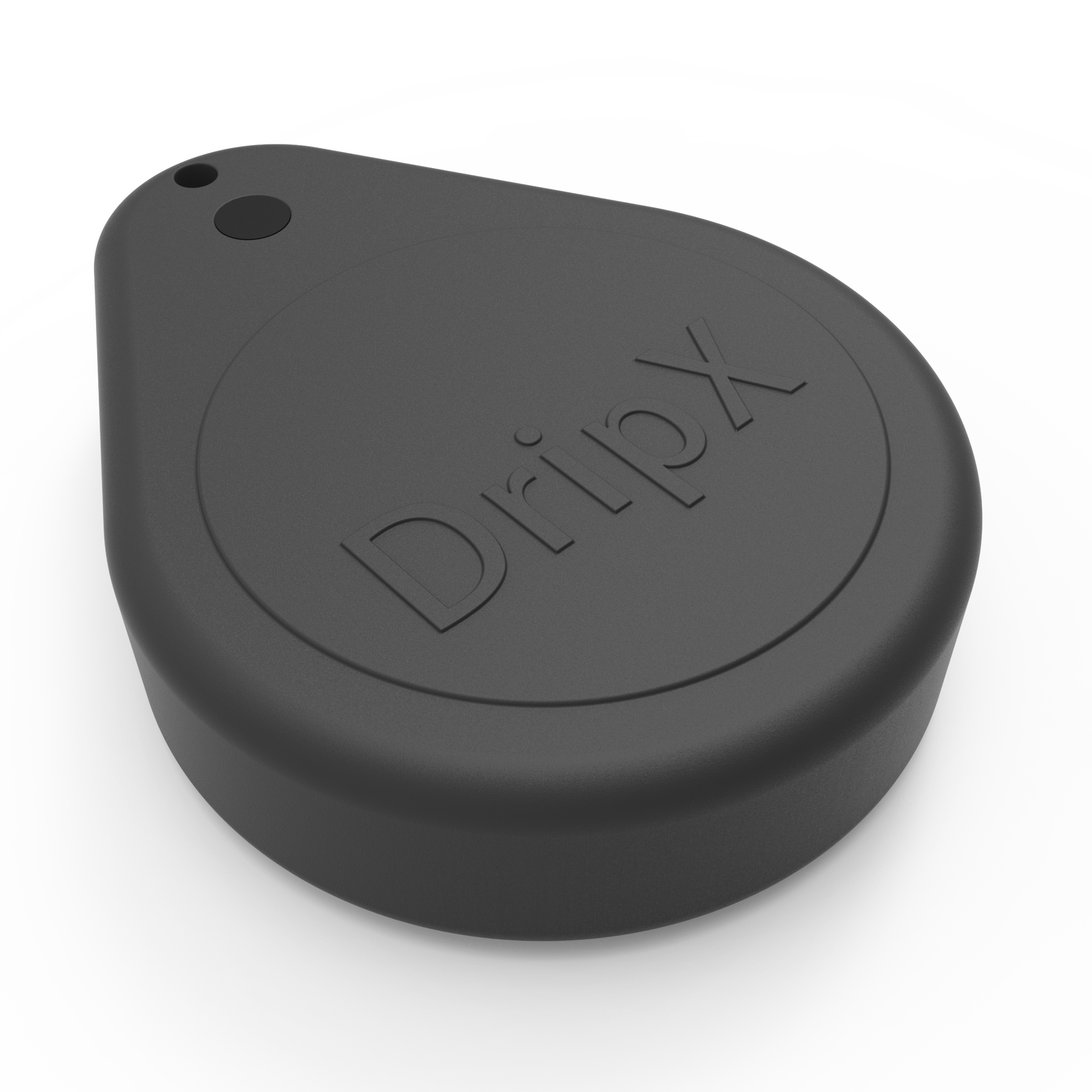Are you tired of hearing that annoying drip-drip sound from your bathroom faucet? A dripping faucet not only wastes water but can also lead to increased water bills and potential damage to your bathroom fixtures. Understanding why your bathroom faucet is dripping is the first step in fixing the issue. In this article, we delve into common reasons and provide practical solutions.

The Basics: Understanding Faucet Anatomy
Before diving into the reasons behind a dripping faucet, its essential to understand the basic components of bathroom faucets. Faucets typically consist of the tap, an aerator, a handle, a washer, and O-rings. Any of these parts can malfunction and cause leaks.

Common Reasons for a Dripping Faucet
Worn-Out Washers
One of the most common causes of a dripping faucet is worn-out washers. Washers press against the valve seat tightly, which over time can wear out due to friction, causing water to drip.
Faulty O-Rings
O-Rings are small rubber rings that help seal the faucet. Frequent use can cause these seals to wear down or become loose, leading to leaks at the faucets handle.
Corroded Valve Seat
The valve seat connects the faucet to the spout. Corrosion can occur due to the accumulation of water sediments, which in turn causes leakage around the spout area.
Improper Installation
If the faucet components are not installed correctly, it could lead to leaking. This situation often occurs when new faucets are installed or when parts are replaced without proper guidance.

Steps to Fix a Dripping Faucet
Turn Off the Water Supply
Before attempting any repairs, make sure to turn off the water supply. This step is crucial to prevent any water damage.
Disassemble the Faucet
Carefully take apart the faucet to inspect the internal components. Pay close attention to the washers, O-rings, and valve seat.
Replace Worn-Out Parts
Replace the damaged or worn-out parts based on your inspection. It is advisable to take the old parts to the store to find exact matches.
Reassemble the Faucet
Once the replacements are made, reassemble the faucet carefully. Ensure all parts are seated correctly to avoid further leaks.
When to Call a Professional
While many dripping faucet issues can be fixed with a bit of DIY effort, there are times when professional help is required. If youve tried the above steps and the faucet is still dripping, it might be time to call a plumber.
Environmental Impact of a Dripping Faucet
A dripping faucet may seem like a minor annoyance, but it can significantly impact the environment. On average, a faucet dripping once per second can waste over 3,000 gallons of water per year.
Preventive Measures to Avoid a Dripping Faucet
Prevention is always better than cure. Regular maintenance, such as cleaning aerators and replacing washers and O-rings periodically, can prevent leaks.
FAQs
Q1: Why is my new faucet dripping?
A: New faucets might drip due to improper installation or defective parts. Checking the installation and replacing any faulty components should resolve the issue.
Q2: How much water can a dripping faucet waste?
A: A faucet dripping once per second can waste over 3,000 gallons of water per year, which is not only wasteful but also costly.
Q3: Can I fix a dripping faucet myself?
A: Yes, with the right tools and guidance, you can fix many common issues yourself. However, if the problem persists, its advisable to seek professional help.
For a detailed guide on how to remove a bathroom faucet, check out this resource.
For more information on bathroom faucets, visit Lowes Bathroom Faucet Guide.
As an Amazon Associate, I earn from qualifying purchases.


